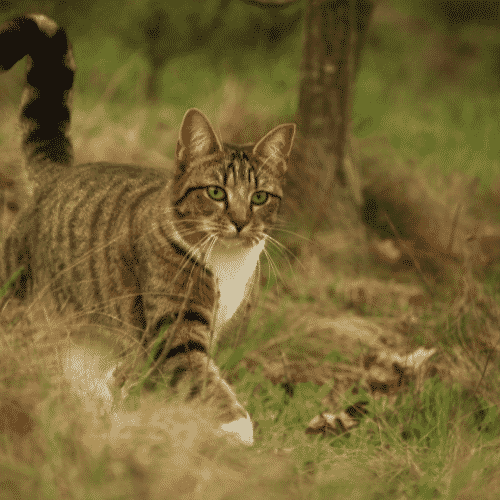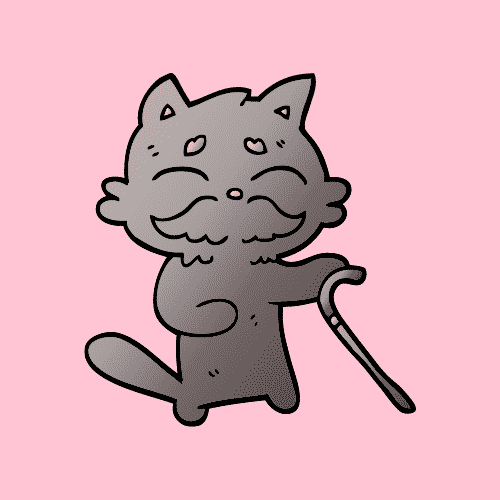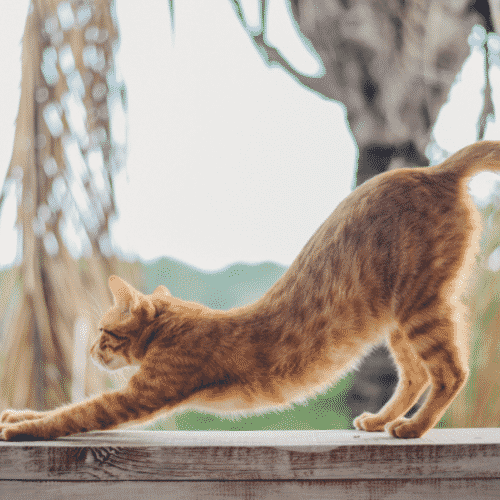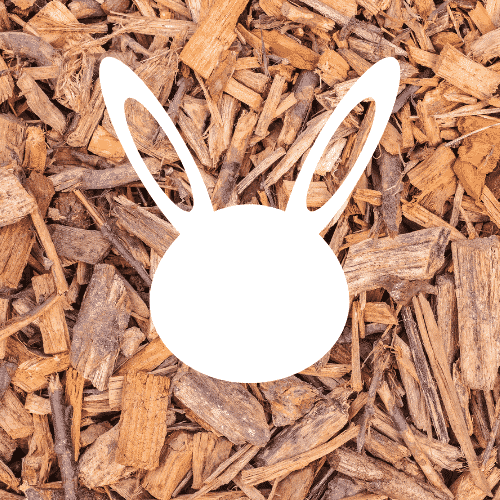Cats have a remarkable ability to balance, walk on their hind legs, and leap from high places. This is all thanks to their flexible, lightweight bodies and their ability to pivot and rotate their ankles, knees, and hip joints in a wide range of directions.

Cat joints are able to move in a variety of ways, but sometimes they can pull in the wrong direction. When this happens, it’s called joint stiffness or cat hip dysplasia (CHD). This can often cause cat joint pops, which occur when the cartilage, ligaments, and tendons around the joint become irritated and swollen.
This is a very common problem, especially in cats that spend a lot of time standing or jumping. Cats with CHD often experience pain and stiffness in their joints, and some can experience chronic joint pops throughout their lives.
With the right care and medications, most cats can manage the discomfort and discomfort of joint pops. But some the topic of cat joint pops can help you keep your kitty happy and healthy throughout their lives. Let’s take a look at what you need to know about cat joint pops.
- Why Do Cats Sit on Laptops?
Cat Joints Popping? Here’s What It Could Mean
There are many potential causes of cat joint pops. And while each case is unique, the most common reason for this condition is that a cat’s joints are pulling in an abnormal direction.
Cats with joint dysplasia may experience stiffness and pain in their joints, which can cause them to “pull” in a specific direction. This can cause painful, swollen joint tissues, and may cause cat joint pops.

This condition can often be traced back to genetics. If your cat is a healthy, normal cat, you’re more likely to experience cat joint pops than if you own a CHD-affected cat.
Do Cat Bones Pop? & What to Do About Them?
Most of your cat’s clicks and crackles are, therefore, perfectly normal. You should visit your doctor and have x-rays done if you have any reason to believe your cat is in pain or has a history of lameness or other abnormalities.
Are Cracking Joints Bad?
There is no evidence that knuckle “cracking” is dangerous or healthy. Knuckle cracking, on the other hand, does not create arthritis in the first place. As with “cracked” knuckles, joint “cracking” can be caused by a negative pressure drawing nitrogen gas into the joint. Not a bad thing.
Cat Back Cracking – What It Means?
joint pops are often the first indication of a CHD. When you notice your cat is rubbing or pulling at her joints or back, this could be a sign of joint pops.
The symptoms will depend on the location of the pop. For example, if your cat’s hip joint pops, she’ll likely rub at it or pull on her back legs. Your cat may also appear to be in pain when she’s doing this.
Here are some of the most commonly occurring signs of a cat joint pop:

– Your cat appears to be in pain
– Your cat rubs or pulls at her joints
– Your cat’s joints appear swollen
– Your cat spends a lot of time resting in a sitting or standing position
– Your cat otherwise seems to be in discomfort
Make Sure Your Cat Is Pain-Free Before Handling Her
If your cat shows signs of a joint pop, it’s important that you don’t handle her. This could result in bruising or other injuries and can exacerbate the problem.
Instead, you should contact a vet as soon as possible. Your vet can examine your cat and conduct tests to determine the cause of the pain and stiffness.
Tenderize Your Cat’s Joints With a Warm Compress
A warm compress can help reduce swelling and inflammation in your cat’s paws, elbows, and joints. Simply place a warm, damp towel over your cat’s swollen joints for about 15 minutes every few hours.
You can also try using a heating pad or hot water bottle to create a similar effect. Just be careful not to overheat your cat, as this can cause burns and further injuries.
Try to maintain this treatment for at least one hour each day. It may take up to two weeks for the kitty to feel significant improvements.
A Complete Guide to Joint Care for Cats
You May Aid a Cat by Providing Them With a Safe and Pleasant Environment. Doing So Is as Simple As:
- The best way to ensure that your cat has a comfortable area to rest their paws is to provide them with a nice, warm bed that is easy for them to get into and out of.
- Allowing for simple access to a litter box with a low side.
- Keeping your cat’s litter box, food, and water all on the same floor of your home
- The use of soft brushes for grooming will help them maintain a healthy weight, reducing the strain on their joints.
Keep Your Cat Away From Hot Temperatures and Humid Conditions
Hot temperatures and humid conditions can aggravate the painful effects of a cat joint pops, so it’s important to keep your cat away from these.
This is especially true for outdoor cats, who can experience much higher temperatures and humidity. Keeping your cat indoors can help her avoid the negative effects of these environmental factors.
Give Your Cat Joint Supplements
If your cat shows signs of a joint pop, talk to your veterinarian about joint supplements. Joint supplements can help reduce inflammation and swelling of your cat’s joints, easing some of the discomfort caused by joint pops.
- Can Cats Eat Cornflakes?
Conclusion
Joint pops are common in cats with hip dysplasia. The condition causes your cat’s joints to pull in a specific direction, which can cause swollen, painful joints.
If you notice your cat rubbing or pulling at her joints, or if she appears to be in pain, talk to your vet. Joint pops can be treated, and discomfort can be minimized with the right care and medications.
You can also tenderize your cat’s joints with a warm compress and keep your cat away from hot temperatures and humid conditions to ease the discomfort of joint pops.

Veterinarian (DVM, MS) Content Writer, Blogger, and WordPress Developer. Working as a pet/animal/bird/fish/reptile/wildlife writer for the past 7 years on many renowned platforms.





